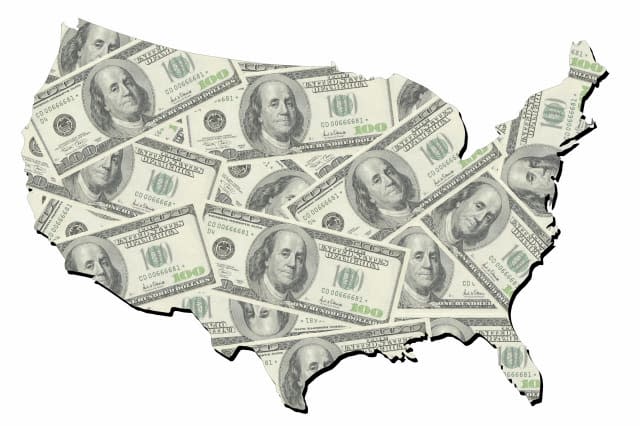Real Estate Investing: Where the Millennials Are

By Joel Cone
As with any type of investment, anyone who wants to succeed in real estate investing needs to be a studious observer of market trends. Tracking such statistics as unemployment, job creation, population migration, economic stability, housing inventory, home prices and rental yields in any particular region is essential. Just like anyone else with goods and services to sell, the most successful investors are ones who own the supply when the demand comes calling.
A series of recent reports suggests the Texas capital of Austin and other cities including Denver, Minneapolis, New Orleans and Seattle are among the markets where population trends could give investors an edge.
After the Great Recession hit, the next great wave of first-time homebuyers, the millennials -- the 80 million Americans born roughly between 1980 and 2000 -- did not come calling. They were either still in school, trying to start their careers or in some cases, living with mom and dad again.
In a report issued by the White House in October, "15 Economic Facts About Millennials," the President's Council of Economic Advisers noted that the millennial generation, which accounted for a third of the U.S. population in 2013, will shape the nation's economy "for decades to come." With the baby boomer generation heading toward retirement and possibly downsizing or moving into assisted living communities, it's time for real estate investors to take note of where the next generation of homebuyers and renters is migrating to live, work and play.
The National Association of Realtors released a report last summer, "Best Purchase Markets for Millennial Homebuyers," that helps investors decide which cities hold promise.
"Limited job prospects, student debt and flat wage growth have combined with tight credit conditions and low inventory to price millennials out of some of the top cities, such as New York and San Francisco," said Lawrence Yun, the NAR's chief economist. "However, NAR research finds that there are other metro areas millennials are moving to where job growth is strong and homeownership is more attainable."
Out of the top 100 metropolitan areas analyzed, 10 markets stood out as projected to see an increase in millennial homebuying in the upcoming year. Those metro areas, listed alphabetically, are:
1. Austin, Texas
2. Dallas
3. Denver
4. Des Moines, Iowa
5. Grand Rapids, Mich.
6. Minneapolis
7. New Orleans
8. Ogden, Utah
9. Salt Lake City, Utah
10. Seattle
Other metropolitan areas that show strong potential for attracting millennials include Madison (Wis.), Nashville (Tenn.), Omaha (Neb.), Raleigh (N.C.), and the nation's capital.
The most important metric for real estate investors when it comes to determining where to own property is where the millennials are moving, said Daren Blomquist, vice president of RealtyTrac.
"If they are moving to that market, then you can make money off millennials by renting to them initially, and then flipping to them as they decide to become homebuyers," Blomquist said.
Joel Cone is a business writer based in Southern California who specializes in the fields of real estate, economics and law.
